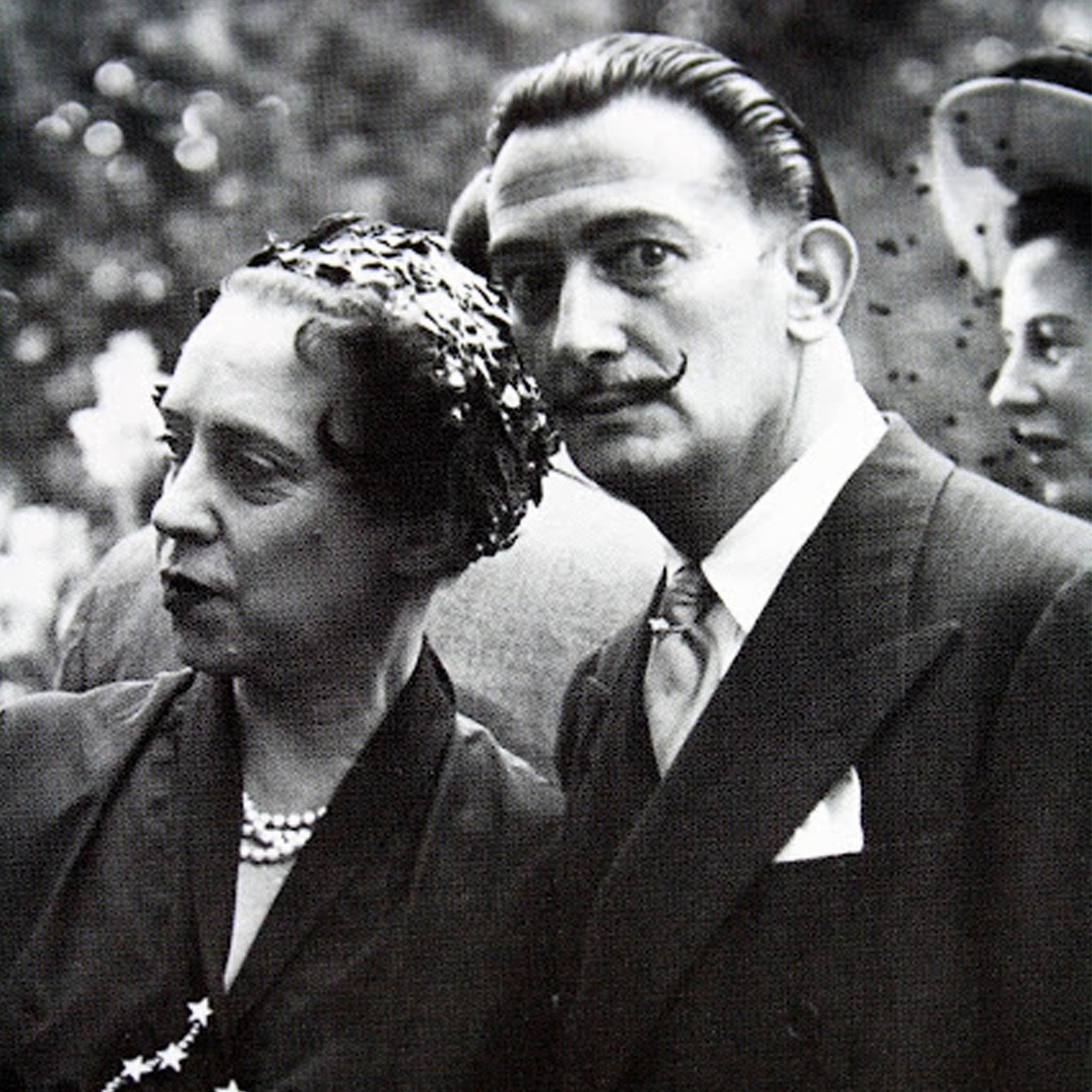Elsa Schiaparelli: A Biography by Meryle Secrest, book review: Revealing Elsa as a shrewd, brilliant woman
This biography paints a compelling picture of a shrewd businesswoman gussying up her product as art, and making a killing

For many – in fact, for most – the name Elsa Schiaparelli means very little.
It’s pronounced “skap-a-reli”, and at one point was as widely known as Chanel, Coco being a contemporary rival to Elsa in the realm of haute couture (hence the fact that this newspaper’s fashion editor is penning this review).
Chanel once disparaged Schiaparelli as “that Italian artist who makes dresses” (Chanel rarely had a nice thing to say about anyone, apart from herself). That contentious fusion of fashion with art – or consideration of the former as a facet of the latter – is at the root of her enduring appeal and relevance.
It’s a debate that still rages, after all. Two years ago Schiaparelli was the subject of a retrospective at the Metropolitan Museum of Art, coinciding with the relaunch of the fashion house she founded. And now Meryle Secrest’s weighty tome retells the life story of “Schiap,” pegging her as the couturier who elevated the business of making clothes to an art form.
Perhaps. Secrest opens with a comparison between Schiaparelli’s upbringing among the Italian aristocracy, and the unidentified girls hundreds of miles away and decades later painted by Salvador Dali. The connection is spurious (Dali and Schiaparelli would only meet in the 1930s, when Schiap was in her forties) but Secrest has written on Dali before –The Surrealist Jester, 1986 – which may have sparked her interest in Schiaparelli.
The two collaborated on everything from shop decor to dresses, inventing the notion of the “conceptual” clothing boutique in Schiaparelli’s surreal couture house (a birdcage as a roof, a giant teddy-bear with drawers in its stomach as storage) in Rue de la Paix, Paris.
The collaboration with Dali was important – the surrealists were fascinated by fashion, and Dali himself created garments as artwork, as well as contributing rather tame advertising images to magazines such as Vogue. He even designed window displays for the American department store Bonwit Teller, although he apparently smashed one of them when the store failed to interpret his design accurately.
There is debate as to whether fashion can be considered art. Schiaparelli certainly proposed a compelling argument for it, with her designs in suits that seem like canvasses for embroidered motifs, with odd buttons and strange decorative details – such as drawers cut to resemble the drawers of Dali’s The Anthropomorphic Cabinet.
Secrest tub-thumps that point of view too, quite convincingly. Schiap would be pleased to see her work placed in the context of contemporary artists rather than fashion designers, as she was disparaging of the ephemeral world of haute couture. And she would doubtless adore the sumptuous colour photographs of her clothing designs, which are presented like art plates in the book.
The focus is on the work, rather than the famous bodies (Marlene Dietrich, the Duchess of Windsor, Katharine Hepburn, Lauren Bacall) who wore it. Schiaparelli was ultimately a victim of the ever-changing world of fashion: falling out of favour in a post-war world tired of surrealist hijinks, she closed her house in 1954, the same year she published her autobiography Shocking Life – her signature colour was a virulent shade of fuchsia she dubbed “Shocking”, also the name of her first fragrance.
That perfume was once le dernier cri: today is seems heavy, cloying and migraine-inducing. You get the same feeling reading Schiaparelli’s autobiography, where dates and events are merrily jumbled, omissions and odd inclusions overpowering the facts. Secrest’s biography is a neat update that untwists the Möbius strip of legend Schiaparelli wove around herself, righting dates and painting in the facts, figures and dates between Schiap’s broad autobiographical strokes.
In essence, this biography paints a compelling picture of a shrewd businesswoman gussying up her product as art, and making a killing. Schiap proves as persuasive today as she was 80 years ago. She seems to have Secrest entirely convinced.
Subscribe to Independent Premium to bookmark this article
Want to bookmark your favourite articles and stories to read or reference later? Start your Independent Premium subscription today.

Join our commenting forum
Join thought-provoking conversations, follow other Independent readers and see their replies